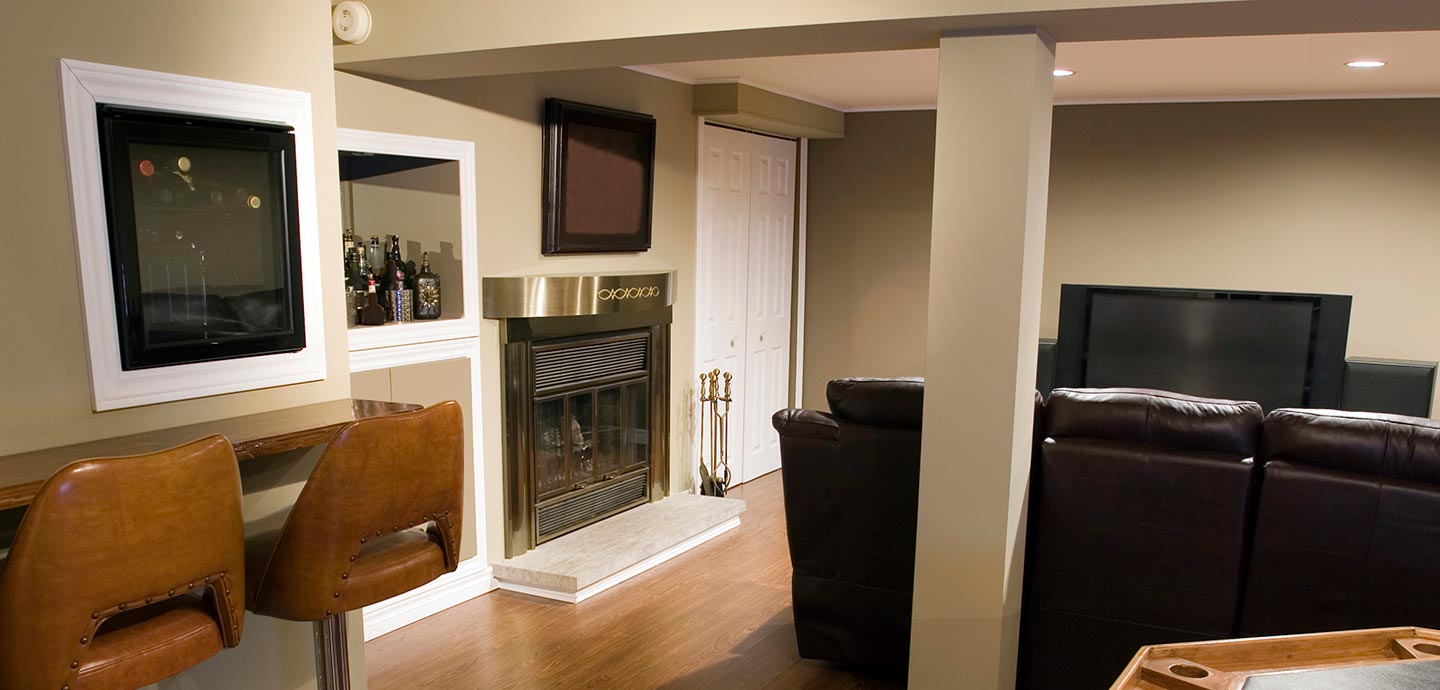
Winter is a serious matter. When the temperature and precipitation start to drop, it can be next to impossible to travel back and forth to work, home, the grocery store, and other errands. The winter weather is just as uncomfortable for our bodies.
Yet the worst part of the season may be the dramatic increase in  energy costs. Keeping your home warm can run up a huge bill – and it’s much worse if you live in an older home.
energy costs. Keeping your home warm can run up a huge bill – and it’s much worse if you live in an older home.
Luckily, you don’t have to idly sit and watch the meter spin. There are several ways you can make your home energy-efficient this season. Whether you’re on board for large projects or just looking for small fixes, there’s something you can do to keep your energy usage in check.
Assess the Situation
A cheaper alternative is an infrared thermometer. While not as effective, this tool works in the same way by showing areas of heat loss before the weather gets too cold. Like the energy audit, the infrared thermometer helps pinpoint any areas performing poorly.
Seal Everything
Other Ways to Save
Outside of major home renovation, sealing is the best bet for many people. There are lots of other things to do, however, including:
- Patching insulation gaps. Expanding foam usually works very well for this, so long as the gaps are small.
- Scheduling an HVAC seasonal tune-up. You need to have your HVAC units serviced regularly to keep them operating at peak performance.
- Replacing the windows. Windows are responsible for a significant portion of heat loss. Replacing them with energy-efficient models (such as Energy Star-certified windows) is a very effective solution.
- Installing a smart thermostat. These programmable devices keep the temperature where you want it when you’re at home and when you’re away. Controlling the temperature to fit your schedule reduces energy use and saves you money.